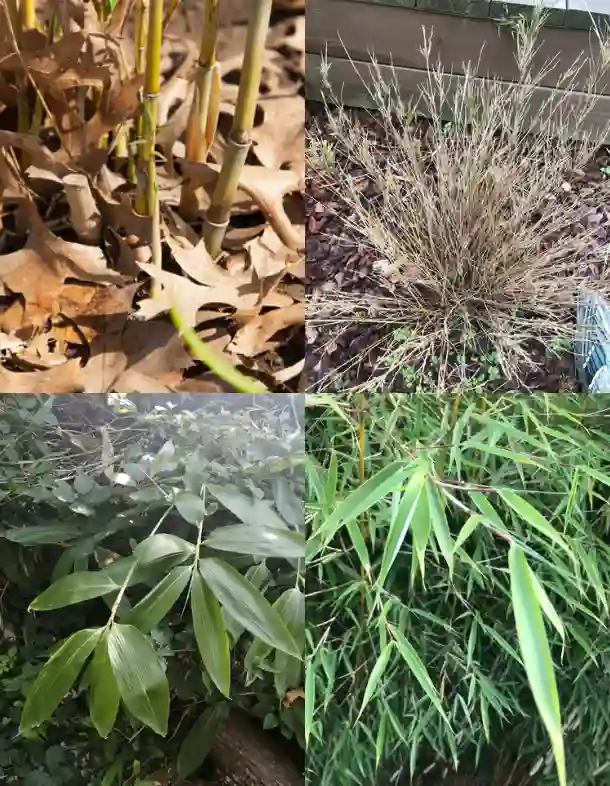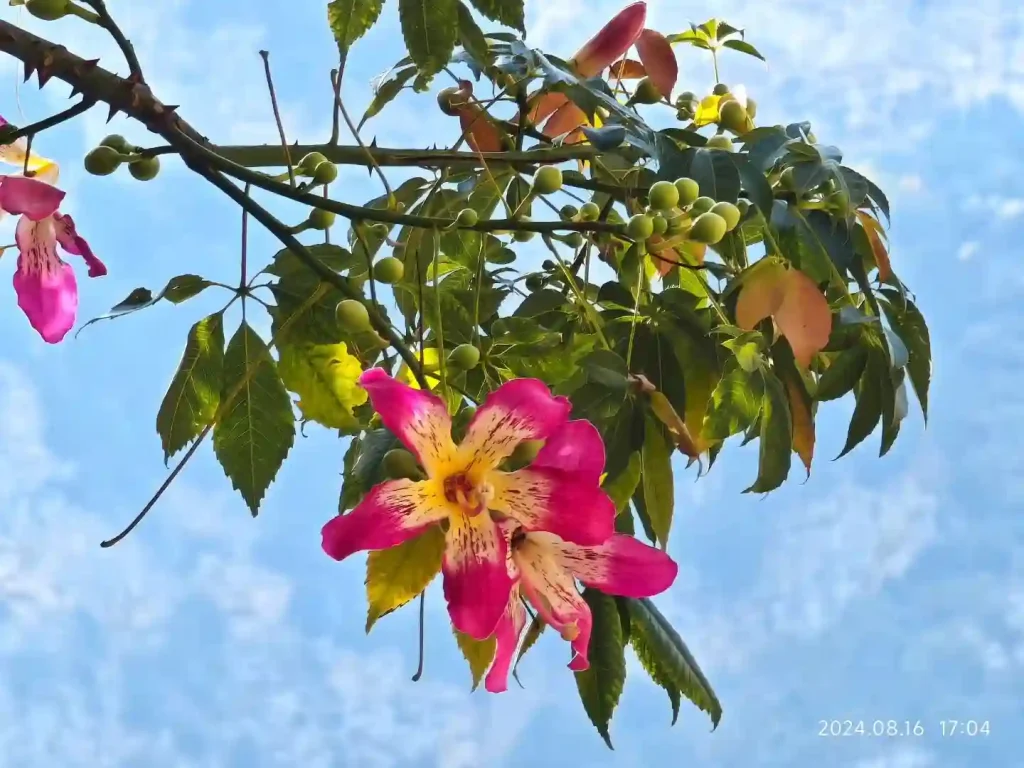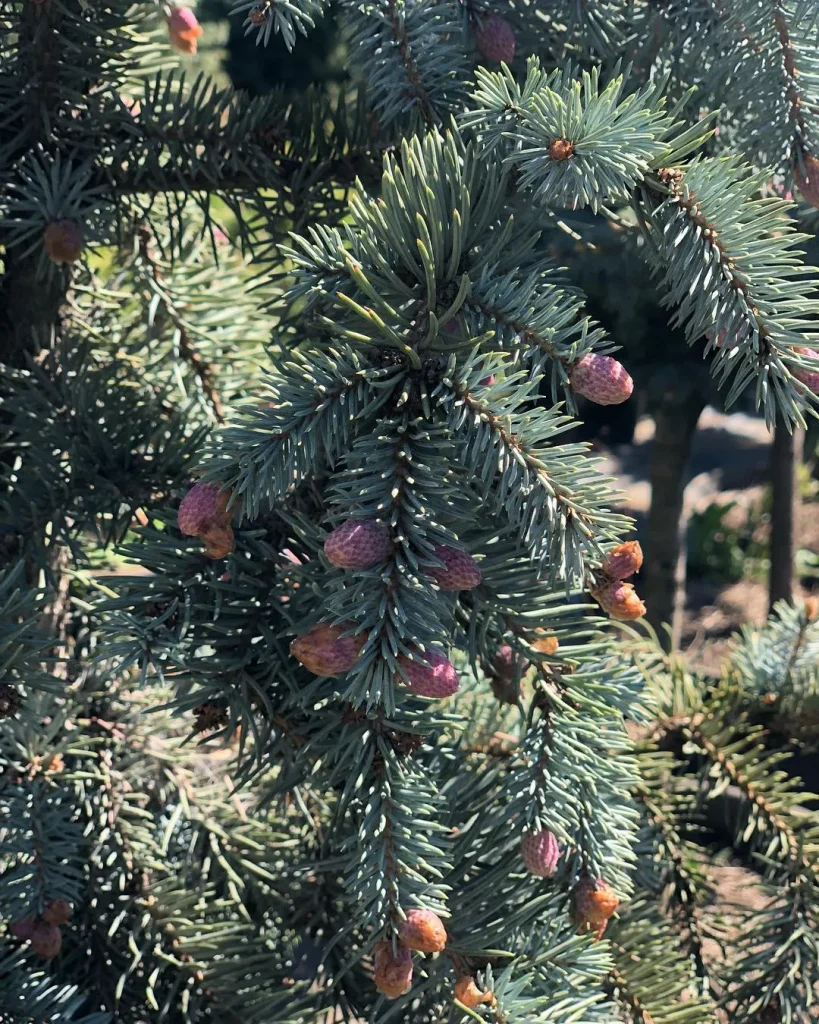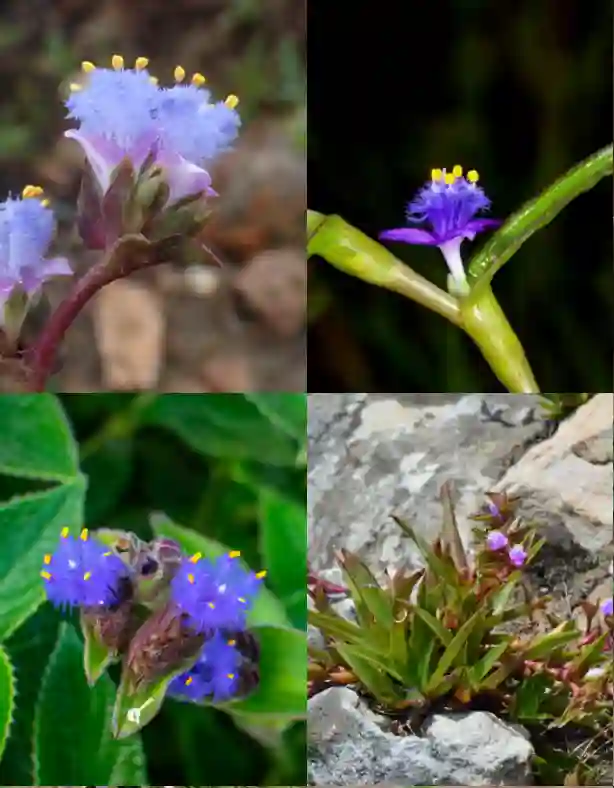Exploring the Muntingiaceae Family: A Personal Journey
As an avid plant enthusiast, I find great joy in delving into the diverse families of the botanical world. Today, I’m excited to share my insights into the Muntingiaceae family, a lesser-known yet fascinating group that encompasses several intriguing genera: Dicraspidia, Muntingia, Neotessmannia, and Tetradiclis. Each of these genera has unique characteristics that reflect the beauty and complexity of plant life.
A Brief Overview of Muntingiaceae
The Muntingiaceae family, a part of the order Malvales, consists of flowering plants primarily found in tropical and subtropical regions. Although this family might not be as widely recognized as others, it offers a wealth of knowledge and diversity that any plant lover would appreciate. Personally, I find the interplay between their ecological roles and botanical traits fascinating.
Dicraspidia: A Unique Member
Starting with Dicraspidia, this genus captures my attention with its distinctive floral structures. The species within Dicraspidia typically display an array of interesting adaptations that help them thrive in their native habitats. Their leaves often exhibit a unique shape that adds aesthetic value, making them a favorite among collectors.
One of the standout features of Dicraspidia is its ability to adapt to different environments, showcasing resilience. This adaptability resonates with me, reminding me of my own experiences in cultivating various plants, often facing challenges like changing weather or pest issues. Each time I successfully nurture a plant back to health, I can’t help but think of the tenacity displayed by Dicraspidia in nature.
Muntingia: The Star of the Family
Moving on to Muntingia, this genus is perhaps the most recognized within the Muntingiaceae family. The well-known Muntingia calabura, often referred to as the Jamaican Cherry, has gained popularity for its sweet, edible fruits and lush foliage.
I had my first encounter with Muntingia calabura during a visit to a botanical garden. The vibrant berries caught my eye, and after tasting one, I was hooked! The sweet flavor and juicy texture made me appreciate the plant even more. Growing Muntingia in my own garden has been a delightful experience. Its fast growth and ornamental qualities add a tropical feel to my space, and I enjoy sharing the fruits with friends and family.
What truly fascinates me about Muntingia is its role in local ecosystems. It attracts various birds and insects, providing a habitat for pollinators. Observing nature’s interactions around this plant adds another layer of enjoyment to my gardening endeavors.
Neotessmannia: The Lesser-Known Gem
Next up is Neotessmannia, which often flies under the radar but has its own charm. With its unique morphological features, Neotessmannia captures my interest as a plant collector. Its leaves and flowers exhibit a distinctiveness that sets it apart from its relatives.
I’ve found that plants in the Neotessmannia genus thrive in shaded areas, which presents a great opportunity for those of us with more shaded garden spots. Incorporating Neotessmannia into my collection has taught me the importance of understanding each plant’s needs. Each time I successfully nurture one, it reinforces the concept of patience and dedication in gardening.
Tetradiclis: The Enigmatic Beauty
Finally, I want to highlight Tetradiclis, a genus that might not be as well-known but is equally important in the Muntingiaceae family. Tetradiclis species often possess unique characteristics that intrigue botanists and plant enthusiasts alike.
The visual appeal of Tetradiclis lies in its floral arrangement and foliage. I’ve always been captivated by plants that showcase unusual features, and Tetradiclis fits this description perfectly. Cultivating Tetradiclis has encouraged me to explore different gardening techniques, enhancing my knowledge and skills as a gardener.
The Importance of Muntingiaceae in Ecosystems
Understanding the Muntingiaceae family goes beyond their aesthetic appeal; these plants play vital roles in their ecosystems. They contribute to biodiversity, provide food sources for various creatures, and participate in nutrient cycling within their environments. Each time I observe birds or insects interacting with these plants, I’m reminded of the interconnectedness of nature.
Cultivating Muntingiaceae: Tips and Experiences
If you’re considering adding plants from the Muntingiaceae family to your collection, here are a few tips based on my experiences:
- Research: Understand the specific needs of each genus. For instance, Muntingia thrives in sunny spots, while Neotessmannia prefers shade.
- Soil Quality: Ensure well-draining soil enriched with organic matter for optimal growth.
- Watering: Regular watering is essential, but be cautious not to overwater, especially for Tetradiclis.
- Pest Management: Keep an eye out for pests. A proactive approach can save your plants from potential damage.
- Observation: Spend time observing how these plants interact with their environment. This can deepen your appreciation and understanding of the natural world.
Conclusion
In conclusion, exploring the Muntingiaceae family has enriched my understanding of plant diversity and ecology. From the charming Muntingia to the unique Dicraspidia, Neotessmannia, and Tetradiclis, each genus offers something special. My journey with these plants is a testament to the joy and learning that gardening brings. As I continue to cultivate and explore, I look forward to sharing more insights and experiences with fellow plant lovers. Whether you’re a seasoned gardener or a curious newcomer, I encourage you to delve into the world of Muntingiaceae and discover the beauty that awaits!
If i die, water my plants!



